A Tale Of Three Bars: Ritchey WCS Streem II – by Grannygear
Introduction: The world of gravel riding has spawned a few trends and brought other trends back to life. One such thing that gravel riding has brought out from the depths of time is the flared drop bar. Once the realm of retro-MTB folk, and the odd person looking for something different, the flared drop bar has become ubiquitous and is almost an expected component on any adventure/gravel bike. (But it doesn’t have to be, and the Ritchey handle bar in this post is not flared. Editor)

Remember to refer to our “Drop Bar Terms Defined” post to help you understand the descriptive terms used in our drop bar reviews. The first bar in this series can be checked out here. Now, here we will get a take on some different flared drop bars (except this one isn’t flared) from Grannygear.
I remember the first time I rode a drop bar bike with disc wheels on it and a carbon, tapered fork. It was a second generation Salsa Warbird and I had 40’s on it at maybe 35 psi? I was shocked at how much impact was going up through that carbon fork and oversize front end on that frame. Coming from road bikes with much smaller tires at much higher pressures, I expected more comfort, not less. But all my road bikes were not disc, one was steel and one was carbon, a Cannondale Synapse.
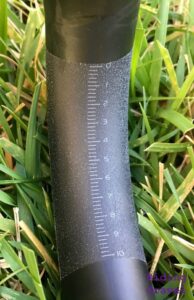
You could press down on the bar tops on either one of those road bikes and see the fork tips deflect forward. On the Warbird? Nada. Zip. Nothing. “Gravel Tuned” my….well, you know. Right then and there I was wondering if I was experiencing the death of compliance as oversize carbon forks and disc brakes met EU standards for manufacturing, safety, etc.
I think it has gotten better since then, but my current road bike, an Orbea Avant, is just so-so as far as compliance goes, even with 30mm tires on it. Remember…I LOVE steel framed bikes. I was looking to add some ‘give’ to the front end and the stock FSA alloy handlebar was decidedly rigid. I had really enjoyed using the Ritchey WCS Evocurve alloy bar. It has a nice ride and great ergonomics. But carbon bars can go next level in compliance. Speaking with the good folks at Ritchey, we thought we would explore an aero bar in carbon as they had found it to be a very forgiving handlebar.
I ended up with a 44cm version of the Streem II WCS carbon aero bar. This is what the Ritchey website has to say: https://us.ritcheylogic.com/us_en/wcs-carbon-streem-di2-handlebar
“The Carbon Streem features an extremely aggressive wing-shaped top section that saves watts while performing an incredibly comfortable hand position for cruising uphill. The drops feature a traditional bend-the choice of many Ritchey-sponsored pro riders.“
- UCI compliant 43.5x16mm wing-shaped top section cuts through the wind
- Gentle sweep to tops and broad platform-great for seated climbing
- Internal cable groove-no need to tape all the way to the stem
- No-slip grit at stem and brake lever clamp areas
- Drilled at bar end for Shimano Di2 EW-RS910 junction box routing
- Carbon monocoque
- Available in 40/42/44cm widths
- Compatible w/ Shimano EW-RS910 junction box/end plug + internal routing
- Measured center-to-center where the levers mount
- 31.8mm center section
- Drop/Reach
- 40cm = 124/70mm
- 42cm = 126/70mm
- 44cm = 128/70mm
- Matte UD carbon finish
- 235g (42cm)
I weighed it at…well, I have no idea because I seem to have not written it down. Sigh. But Ritchey says a 42cm bar is 235g and that pretty much would chop about 80gs off a stock, cheap, alloy handlebar. It’s light. It also is very shaped, hence the aero deal. The top is very wide and flattened and there is a place for running cables/hoses internal under the bar if you care to.
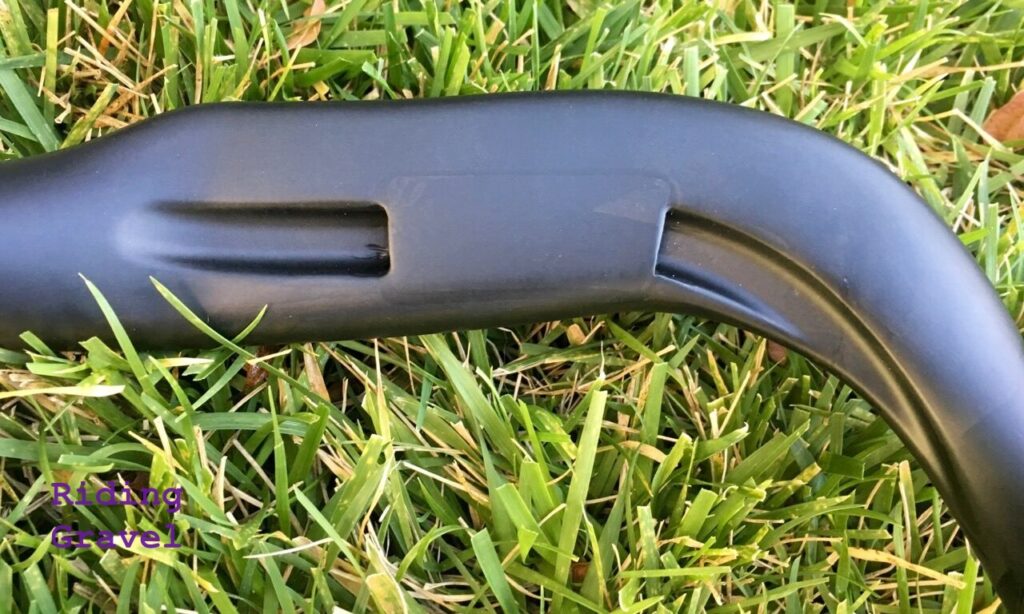
I think that a shaped bar top could be very good for dispersing repeated impacts on a gravel bike, but I also suspect that the radical shapes could also really suck if they are not ‘right’ for the rider. I mean a round bar is a round bar, so as long as the bend is right, it’s all good. Put shapes in there and it’s not ‘just round’ anymore. Room for blessing or cursing there.
I set it up on the road bike, but I had to be wondering if it could be a gravel bar as well. I mean, why not? After I had it fixed into the stem, I put some weight into the bar tops and was very surprised how much give there was. This could be very good. And it was. I wrapped it with the 1.85 Silca Nastro Piloti tape (review here) so it was not a super thick wrap, but the way this handlebar smoothed out cracks and bumps in the road was simply excellent. That did not seem to be at the expense of stiffness under out of saddle efforts although Peter Sagan has nothing to fear from my sprinting abilities.
The bar tops being that wide do indeed offer a nice place to perch hands when climbing or cruising. I think there is traction to be had there in comfort, although I am not sure if backing off a bit in all that shaping would not be a bit more ergonomic…less aero though, I would expect. One thing I liked was there was enough of straight section to the bar to attach things next to the stem.
What did not work for me was the bend in the bars into the drops and how that affected the way the control levers sat. I like a bar that is a pretty seamless transition from bar to hoods. I set the bars up so they are ever so slightly tipped up from dead flat (maybe in between flat and the rise of the stem) and the hoods will continue that near horizontal line into space. The WCS Streem II bars had more of what I would call a ‘traditional’ bend to the drops and that gave me a bit of ‘roll off’ in the bar before I got to the controls.
I used to like this in the past and in fact my bars on the Lynskey gravel bike are this way a bit, but for some reason I am okay with them, but not the Streem IIs. Maybe it was the increased reach and lower bar position of the road bike, but my wrists were just annoyed a bit and that was that. But that is my preference. It may not be yours.
Based on the compliance of the Streem IIs and the shaped tops, I am able to suggest these would be very good for endurance gravel riding. The way they smoothed out the road was immediately noticeable to me. They ended up not being my perfect bar, but they might be your perfect bar.
The WCS Streem II carbon bars are $289.95 retail.
Note: Ritchey sent over the WCS Streem II carbon handle bars to Riding Gravel at no charge. We were not paid, nor bribed for this review and we will always strive to give our honest thoughts and opinions throughout.


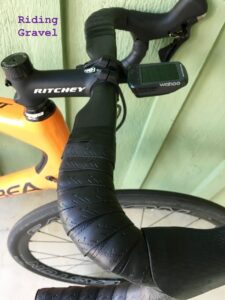
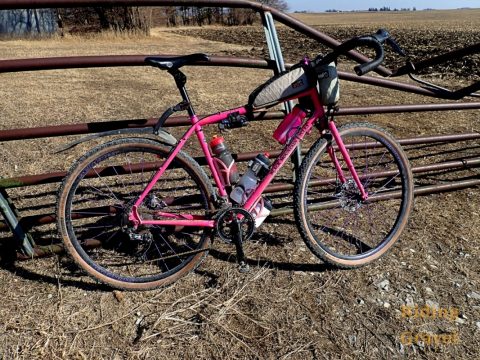
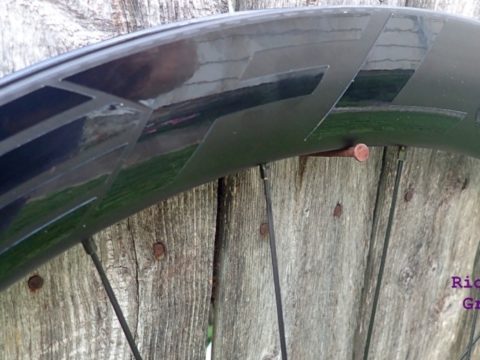
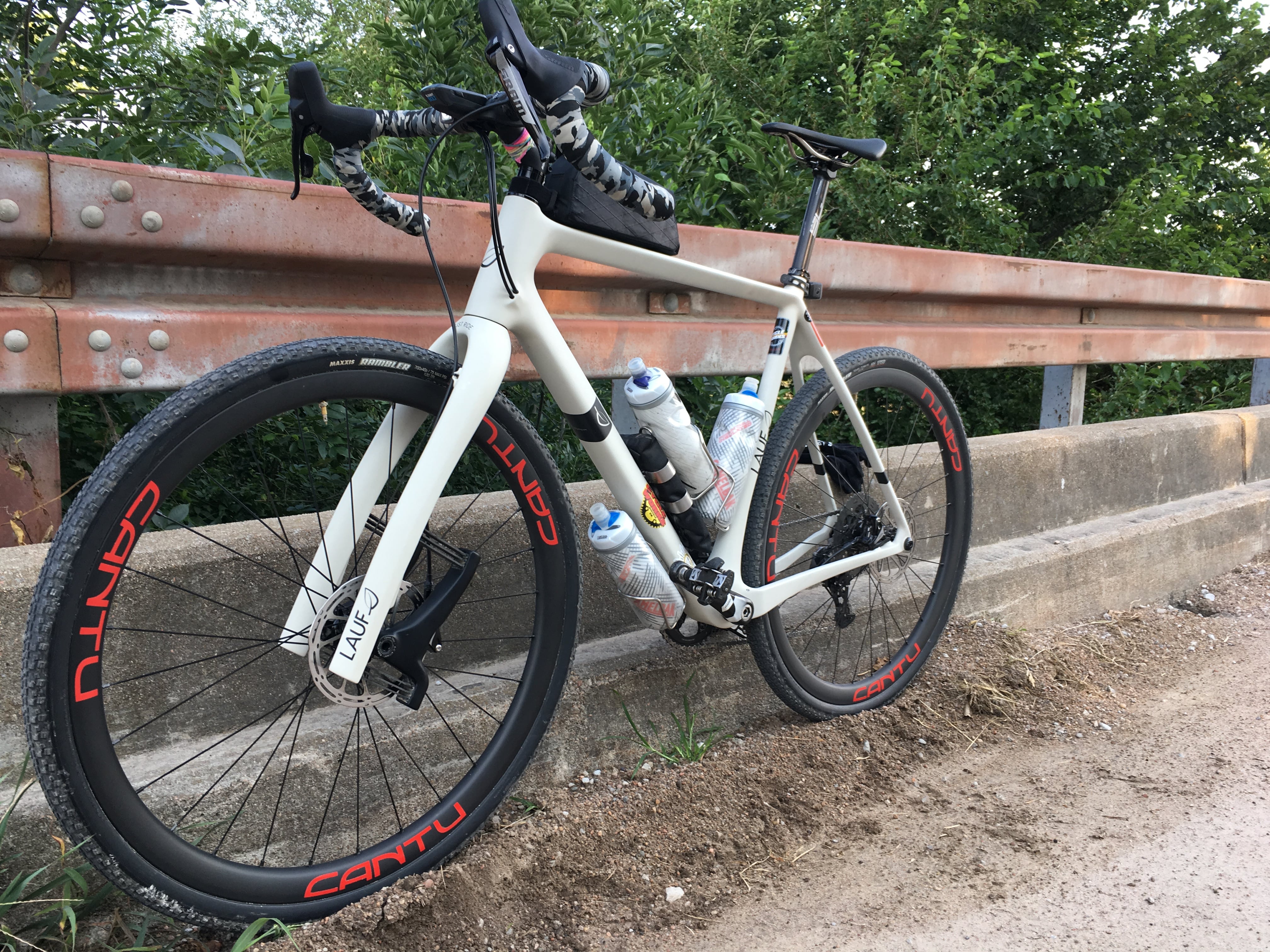
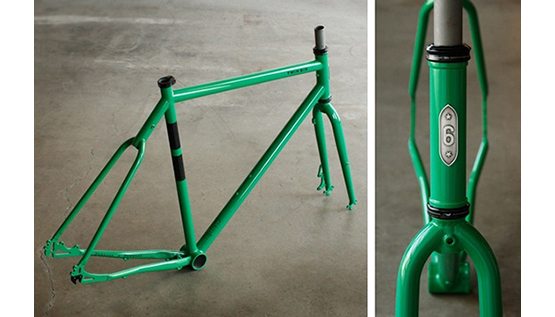
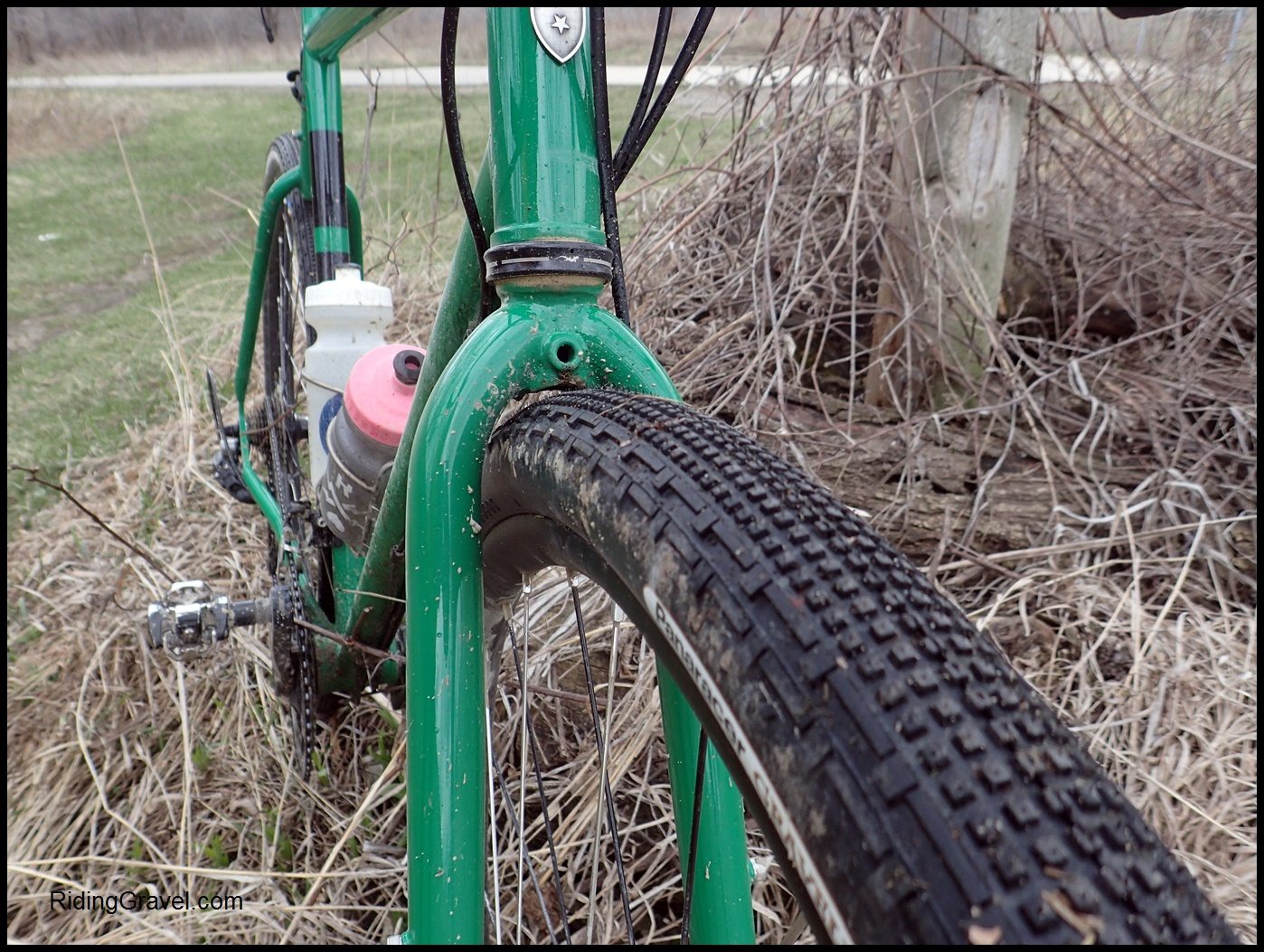
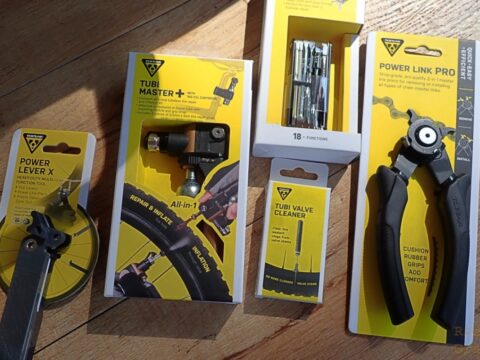
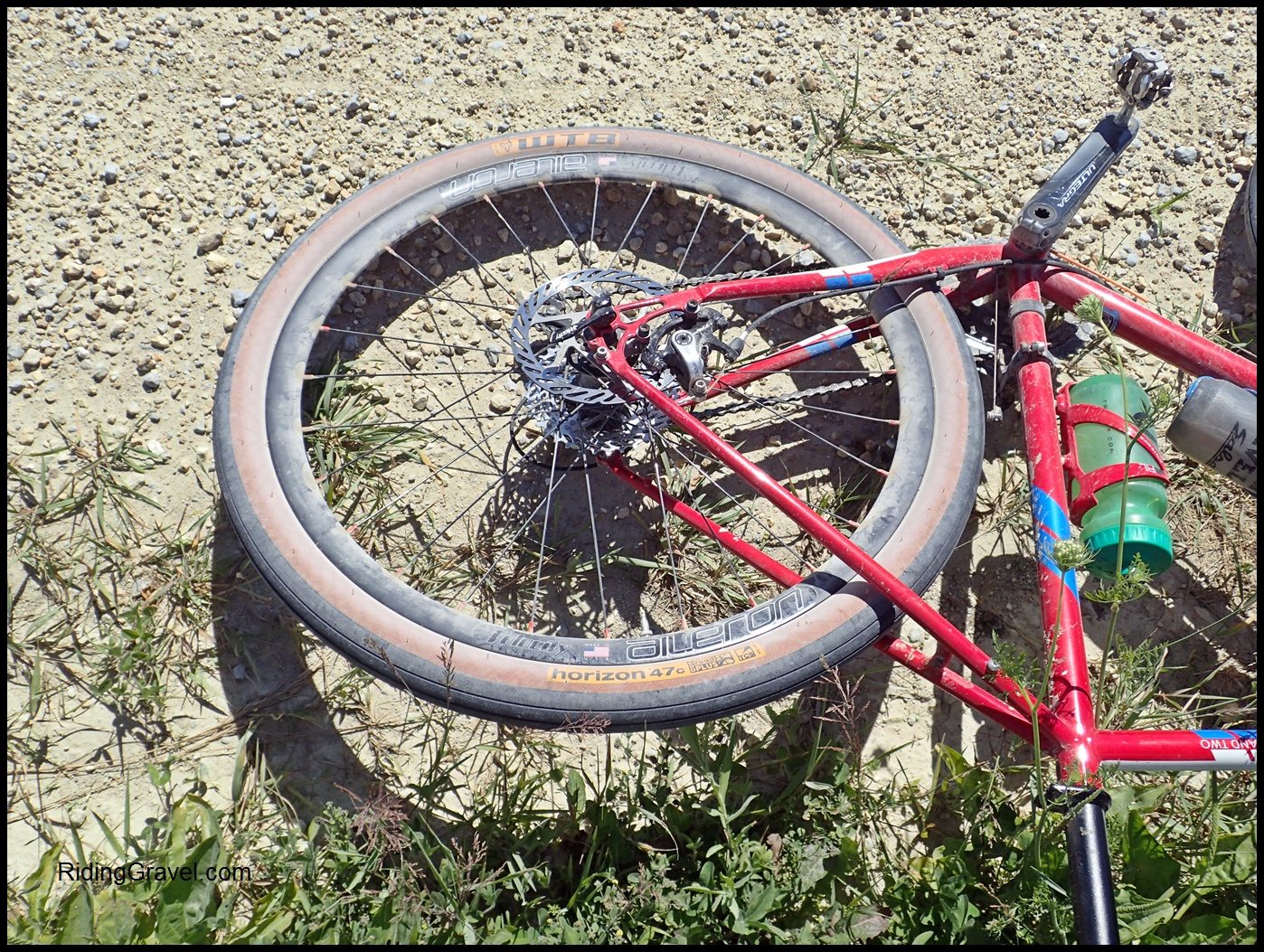
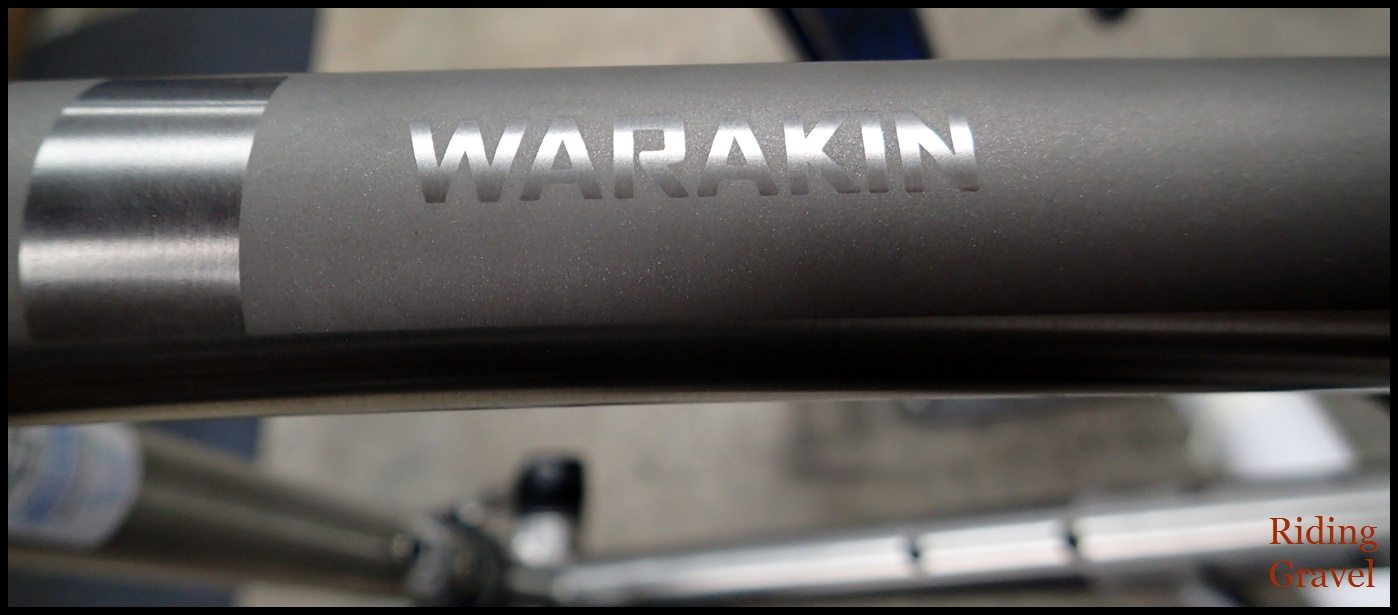

Hi!
First of all Thanks for the review. I’m about to buy this handlebars for my bike however I’m not sure about the cable routing.
I have Ultegra set (hydraulic brakes, manual shifting). How did you fit the cables in the bars? Is it OK or you are using electric shifting?
I don’t want to get in situation I need to have the cables hidden under the tape.
Many Thanks
Vaclav
Does installing these and using the little internal cable routing option require re-running cables? (Ultegra mechanical). It seems to me like it does, but I’m not a mechanic, so maybe there’s something I’m missing, an easy way to detach the cables from the levers and re-route them.
@Craig – There is “best practice” and then there are the folks that defy that. In other words, I’m not going to say “It cannot be done” without putting new cables and housings in, but I am going to say “You should”.
It will be far easier, with less stress, and bonus! You get fresh cables and housings! (Just be sure to recheck the cable tensions after a ride or two.)